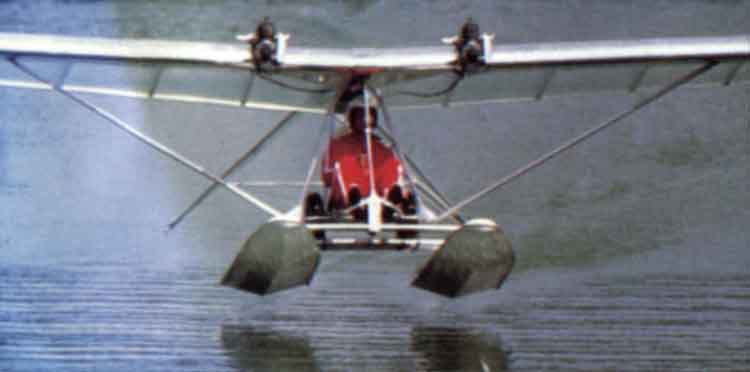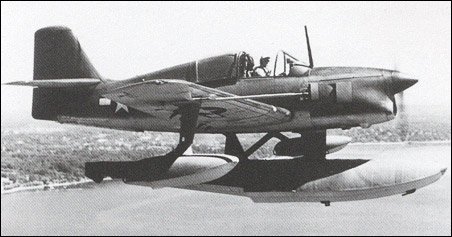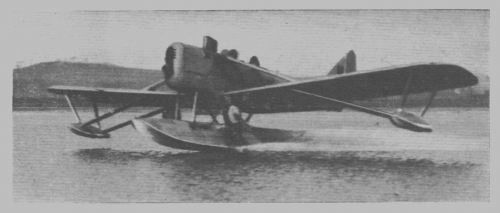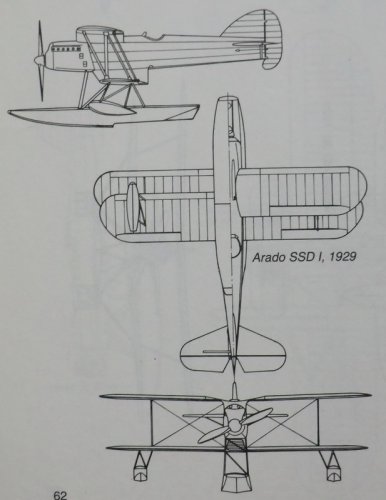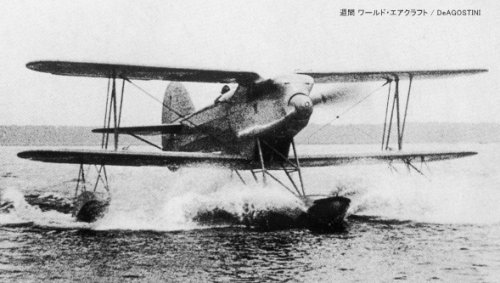I have always liked the Loening Amphibian and Grumman Duck amphibious biplanes with their integrated float/fuselage design as well as single-float seaplanes like the Mitsubishi "Pete" and the Vought Kingfisher.
With those in mind, I have been kicking around some ideas for a light, two-seat amphibious homebuilt in the European microlight category and I am very attracted to the single-float layout, which seems to offer better rough-water performance and perhaps a little less drag. Admittedly, the wing floats make it harder to come alongside a dock, but that is true with hull-type flying boats as well.
Here one example I have been able to find, DH.60G Gipsy Moth G-AADV on a Short Bros amphibious central float and wingtip floats.

Does anyone know of any more examples of relatively light, single-float amphibians or seaplanes that might help inform this concept? Any particular pros and cons come to mind with this configuration?
Cheers,
Matthew
With those in mind, I have been kicking around some ideas for a light, two-seat amphibious homebuilt in the European microlight category and I am very attracted to the single-float layout, which seems to offer better rough-water performance and perhaps a little less drag. Admittedly, the wing floats make it harder to come alongside a dock, but that is true with hull-type flying boats as well.
Here one example I have been able to find, DH.60G Gipsy Moth G-AADV on a Short Bros amphibious central float and wingtip floats.
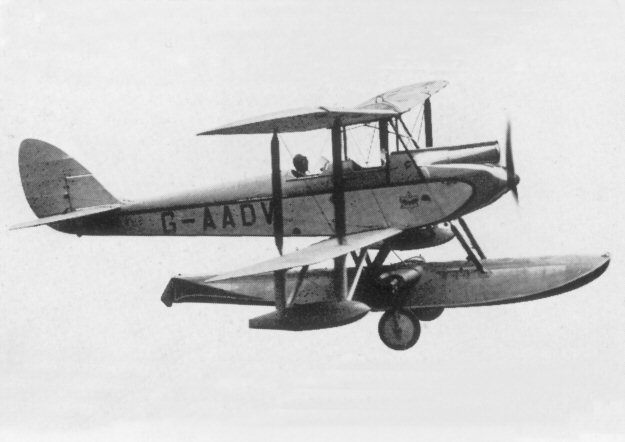
Does anyone know of any more examples of relatively light, single-float amphibians or seaplanes that might help inform this concept? Any particular pros and cons come to mind with this configuration?
Cheers,
Matthew

